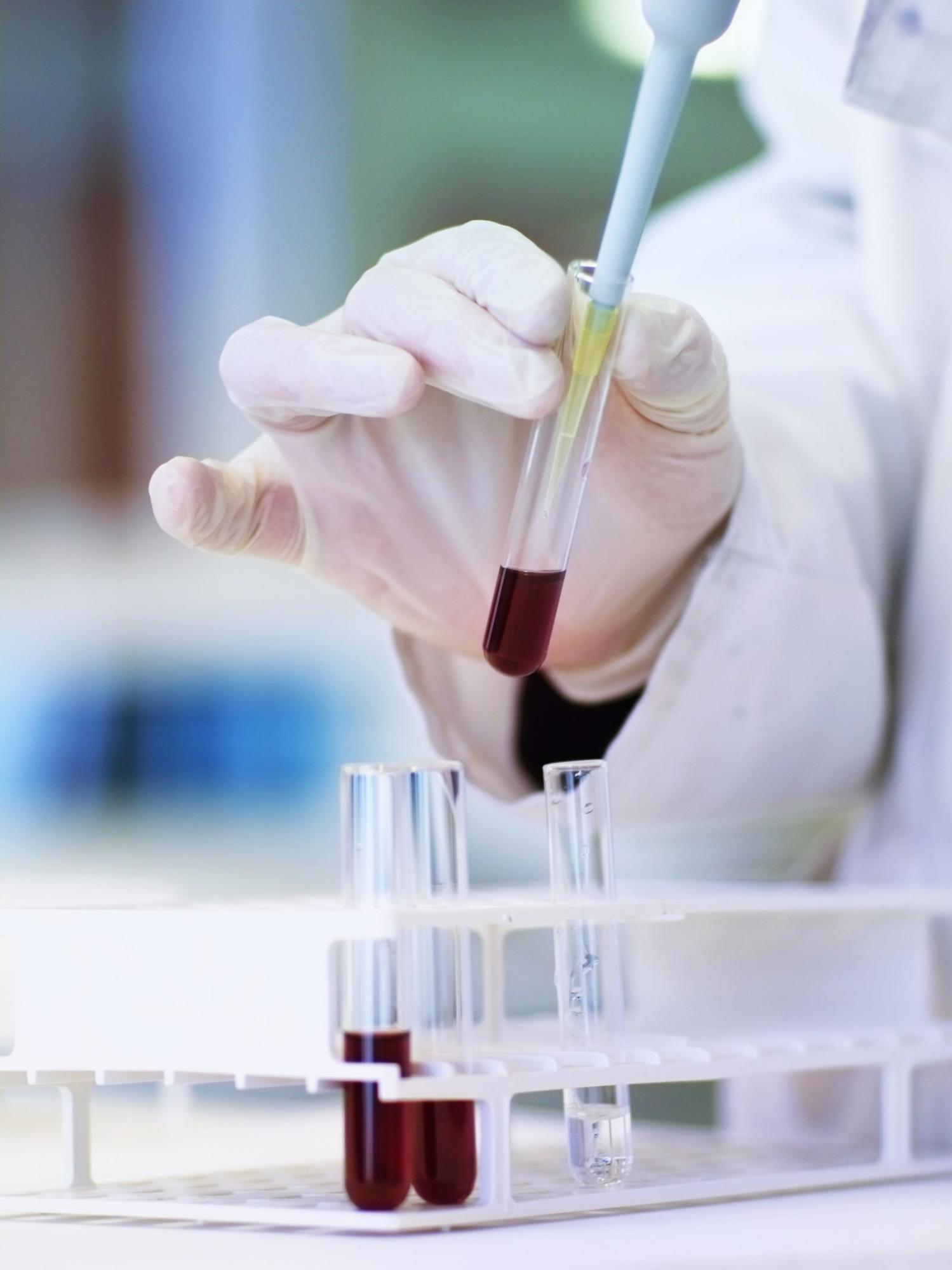 Human source materials, including human cell lines, blood, tissues and other potentially infectious materials (OPIM) are commonly used biohazards in UW research labs. Potentially infectious human materials can contain bloodborne pathogens (BBP) such as human immunodeficiency virus (HIV), and hepatitis B and C viruses.
Human source materials, including human cell lines, blood, tissues and other potentially infectious materials (OPIM) are commonly used biohazards in UW research labs. Potentially infectious human materials can contain bloodborne pathogens (BBP) such as human immunodeficiency virus (HIV), and hepatitis B and C viruses.
According to Washington state BBP regulations, human blood, OPIM, and established human tissue culture cells lines are considered to be a possible source of BBP and require working in a Biosafety Level 2 (BSL-2) laboratory.
Although vendors and collaborators may classify some human cell lines as appropriate to use at BSL-1, all human cells lines require BSL-2 at the UW. While conducting research with human materials, please take safety precautions.
Ethanol is not an appropriate disinfectant for bloodborne pathogens.
Ethanol is not a sufficient disinfectant by itself to inactivate BBPs because it evaporates too quickly. Instead, use a freshly prepared 10% bleach solution or choose an EPA-approved disinfectant. If using a bleach solution to decontaminate a biosafety cabinet, follow with ethanol or water to prevent corrosion of the metal surface.
Protect your eyes and mucous membranes.
The eyes and mucous membranes are important points of entry for BBPs as are breaks through the skin. In addition to wearing a lab coat and gloves, protect your face from potential splashes or splatters of BBP-containing materials. For procedures that take place outside a biosafety cabinet, wear eye and face protection. Examples include:
- Safety glasses, or goggles and a face mask
- A face shield that adequately covers the eyes, face, and mouth
- Work behind a benchtop shield
If working inside a biosafety cabinet (BSC), the sash provides protection for your face; however, be sure to evaluate the exposure potential of your procedure, and if needed, add eye and face protection while working in a BSC.
Follow the site-specific exposure control plan for your laboratory.
If you work with human blood, cells, or other potentially infectious materials (OPIM), your lab is required to have a BBP Exposure Control Plan that covers the following topics:
- Which procedures pose a risk for exposure
- Sharps safety
- Required personal protective equipment (PPE)
- Which disinfectant to use
- How to clean up spills
- How to dispose of waste
- Required engineering controls
Complete required training.
Your lab manager or supervisor is responsible for providing you with training on how to work safely with human source materials. Additionally, you need to complete the online BBP training prior to starting work. Then, repeat the online training and your site-specific training annually. The hepatitis B vaccine is offered as part of the initial training.
Remember to follow the appropriate BSL-2 practices when working with potentially infectious human source materials. If you have any questions about working with these or similar agents, contact our Biological Safety team.